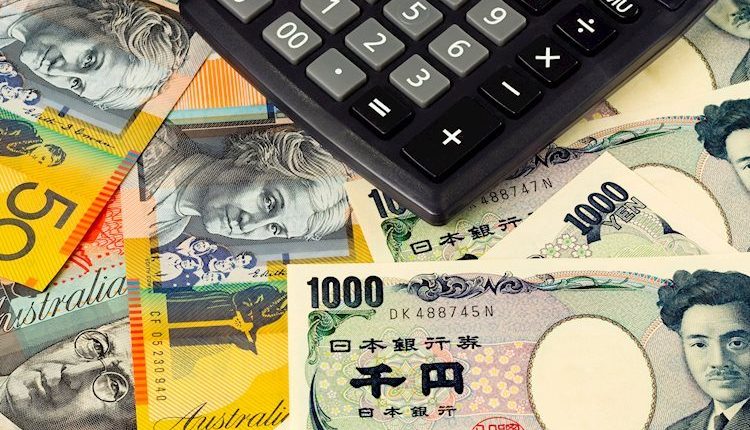- AUD/JPY climbs to over a one-week low, albeit struggles to capitalize on the move.
- The BoJ rate hike uncertainty, the risk-on mood weigh on the JPY and lend support.
- The RBA’s hawkish stance and the optimism over Chinese recovery benefit the AUD.
The AUD/JPY cross attracts follow-through buying for the second successive day on Wednesday and climbs to over a one-week high during the Asian session. Spot prices, however, struggle to build on the momentum beyond the 101.00 round figure and retreat to the lower end of the daily range, closer to a technically significant 200-day Simple Moving Average (SMA) in the last hour.
The Japanese Yen (JPY) continues with its relative underperformance in the wake of expectations that Japan’s political landscape could make it difficult for the Bank of Japan (BoJ) to hike interest rates further. Apart from this, the risk-on impulse, triggered by the US election results indicating an early lead for former President Donald Trump, weighs heavily on the safe-haven JPY and provides an intraday boost to the AUD/JPY cross.
Meanwhile, Chinese PMIs released recently suggested that the big government stimulus push to bring growth back on track is helping improve business conditions. This, along with the Reserve Bank of Australia’s (RBA) hawkish stance, offered additional support to the AUD/JPY cross. That said, BoJ meeting minutes left the door open for further policy tightening and cap any further appreciating move for the currency pair.
From a technical perspective, the recent range-bound price action witnessed over the past month or so points to indecision among traders over the next leg of a directional move. This, along with the aforementioned mixed fundamental backdrop, makes it prudent to wait for strong follow-through buying before positioning for the resumption of the AUD/JPY pair’s strong move-up from the September monthly swing low.
Bank of Japan FAQs
The Bank of Japan (BoJ) is the Japanese central bank, which sets monetary policy in the country. Its mandate is to issue banknotes and carry out currency and monetary control to ensure price stability, which means an inflation target of around 2%.
The Bank of Japan embarked in an ultra-loose monetary policy in 2013 in order to stimulate the economy and fuel inflation amid a low-inflationary environment. The bank’s policy is based on Quantitative and Qualitative Easing (QQE), or printing notes to buy assets such as government or corporate bonds to provide liquidity. In 2016, the bank doubled down on its strategy and further loosened policy by first introducing negative interest rates and then directly controlling the yield of its 10-year government bonds. In March 2024, the BoJ lifted interest rates, effectively retreating from the ultra-loose monetary policy stance.
The Bank’s massive stimulus caused the Yen to depreciate against its main currency peers. This process exacerbated in 2022 and 2023 due to an increasing policy divergence between the Bank of Japan and other main central banks, which opted to increase interest rates sharply to fight decades-high levels of inflation. The BoJ’s policy led to a widening differential with other currencies, dragging down the value of the Yen. This trend partly reversed in 2024, when the BoJ decided to abandon its ultra-loose policy stance.
A weaker Yen and the spike in global energy prices led to an increase in Japanese inflation, which exceeded the BoJ’s 2% target. The prospect of rising salaries in the country – a key element fuelling inflation – also contributed to the move.
Read the full article here

